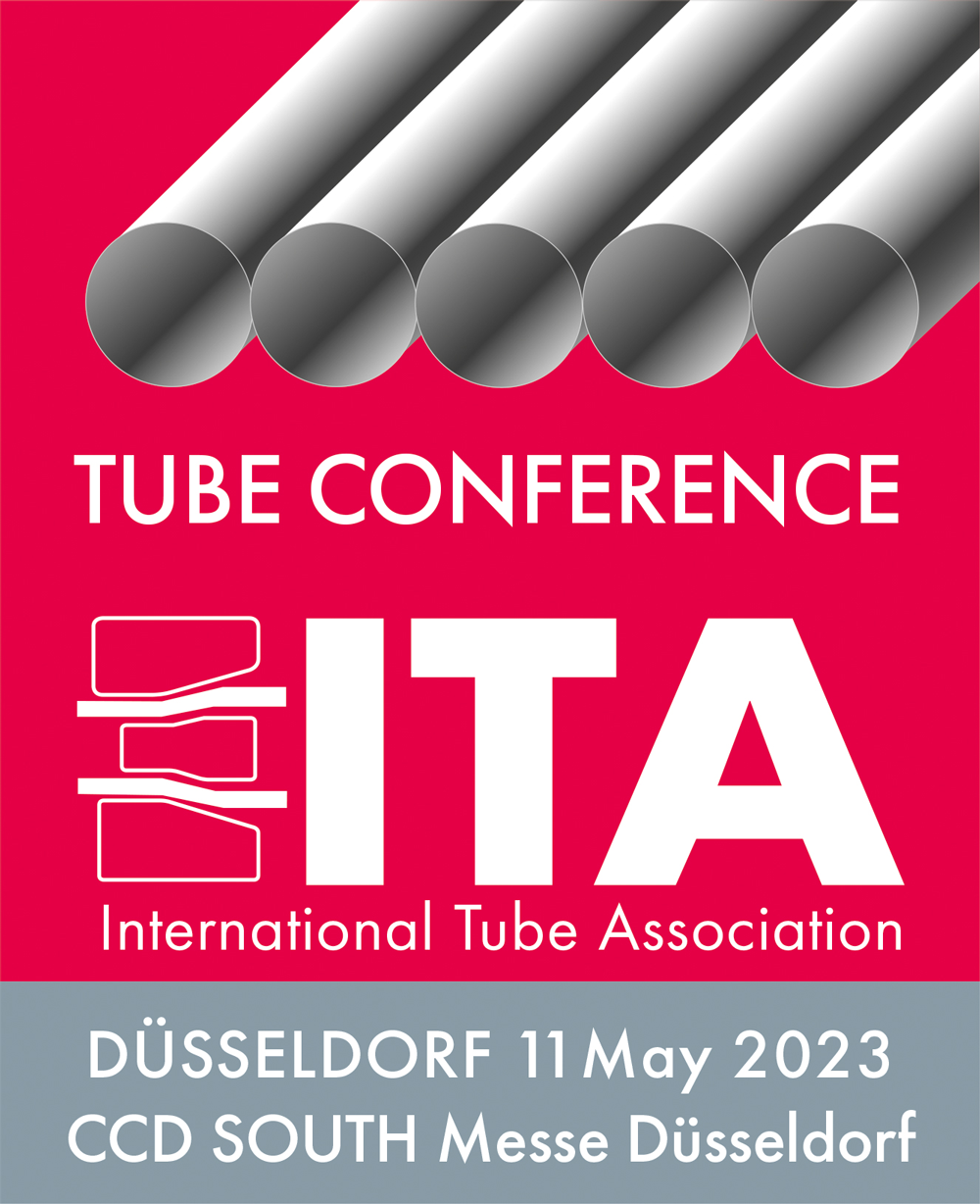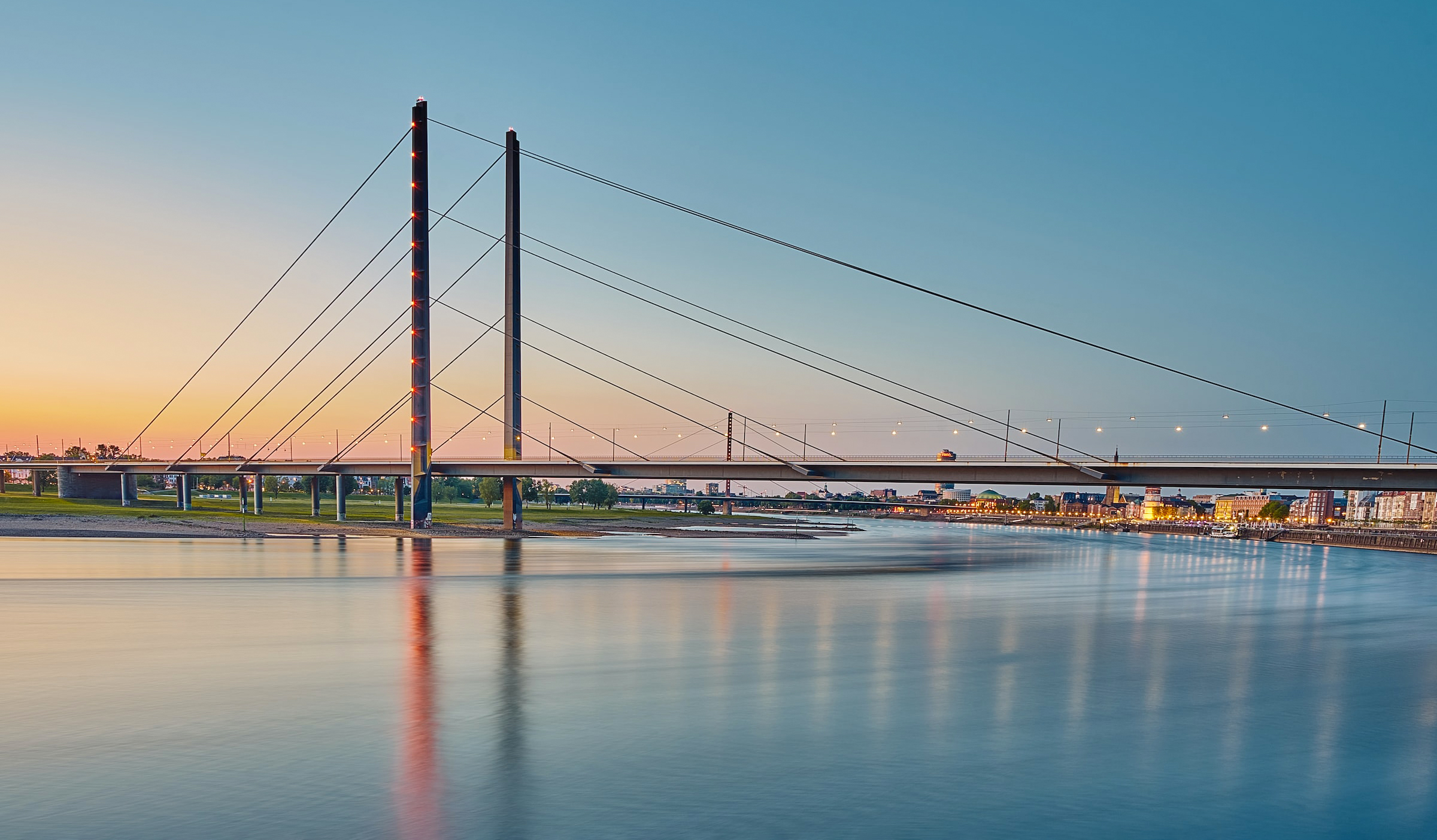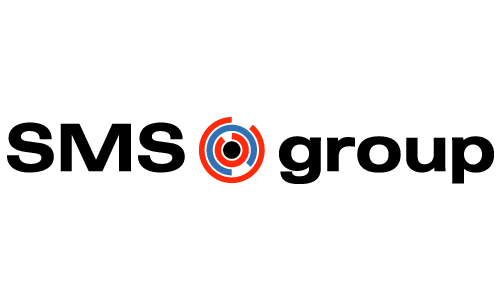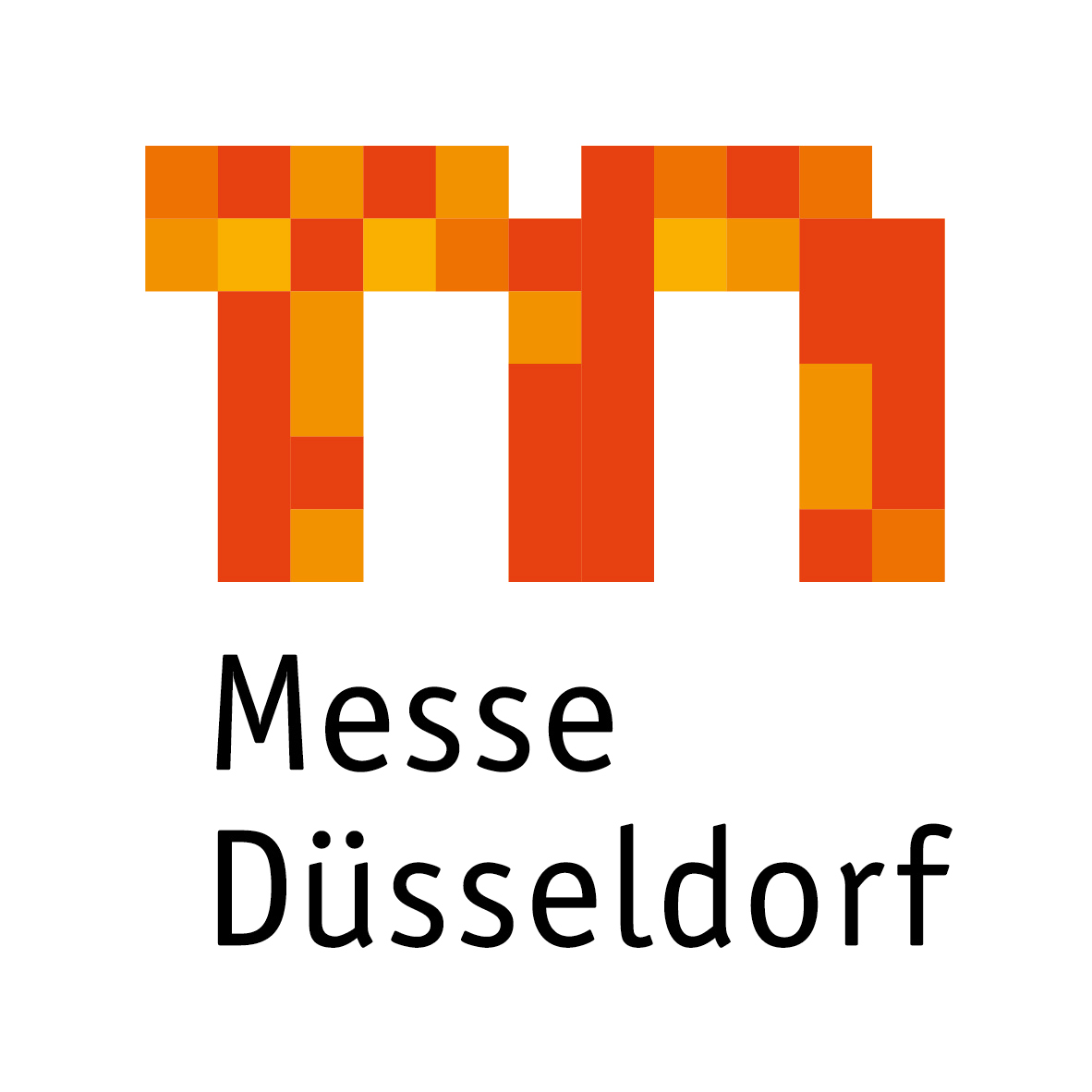ITA Tube Conference 2023
Opportunities for the Tube Industry in turbulent times
Profit and benefit from strong regional tube demand
ITA will host its ITA Tube Conference from May 11 to 12th, 2023, in Duesseldorf.
In 2021, after it looked as if the world economy would recover from the effects of the Covid 19 pandemic, the global steel tube market was shaken by a combination of factors in 2022. Rising energy prices, soaring inflation, tightening U.S. monetary policy, Chinese demand impacted by Covid, and, of course, the outbreak of war in Ukraine all combined to bring the economic recovery to an abrupt halt and send global markets hurtling toward a possible recession. Over the past 24 months, the energy crisis has propelled the OCTG tube market to new records.
This year's ITA Tube Conference will address the key geopolitical and steel tube industry trends that will impact international tube and pipe markets in 2023 and 2024. In addition, our panel of international experts will share their market assessments and offer strategies for success in a market characterized by volatility and uncertainty.

Key Themes and Topics:
Program
Date:
May 11th, 2023 – May 12th, 2023
Thursday, May 11th, 2023 – 09.00 – 17.30 h
ITA Tube Conference
Congress Center Duesseldorf (CCD, 2. floor)
18.00 h – open end
ITA Conference dinner
Congress Center Duesseldorf (CCD, 2. floor)
Friday, May 12th, 2023 – 10.00 – 11.00 h
ITA Annual General Meeting (AGM)
Press lounge, Messe Duesseldorf (1st floor)
11.30 – 14.30 h
Plant tour:
Sustainable tube production in a high cost environment
incl. lunch break and transfer
Benteler Steel Tube GmbH, Dinslaken
Program:
Thursday, May 11th, 2023
09.00 – 09.15
Welcome:
Macroeconomic and international Tube and Pipe market outlook
Dr. Gunther Voswinckel (President International Tube Association)
09.15 – 09.30
Carbon reduced tubes
Frank Harms (General Manager German Steel Tube Association)
09.30 – 09.45
Hot Rolled Coil Market
Emanuele Norsa (Editor, Kallanish Commodities)
09.45 – 10.15
Panel discussion market
10.15 – 10.45
Coffee break
10.45 – 12.00
Session 1: OCTG
Don Gibeaut (Ajax TOCCO, ITA), Ekaterina Bezlepkina (Nakata MFG. Co., Ltd.), Christian Haferkamp (SMS Group), Federico Raggio (CGM)
12.00 – 13.30
Lunch break
13.30 – 14.45
Session 2: Automotive
Albert Sedlmaier (DataM, ITA), Sebastian Gaiser (Wafios AG), Dr.-Ing. Thomas Säuberlich (Benteler Steel Tube GmbH), Dr.-Ing. Tilman Traub (Dreistern GmbH & Co. KG)
14.45 – 15.15
Coffee break
15.15 – 16.30
Session 3: Structural piping
Dr. Gunther Voswinckel (ITA), Adrian Alecu (Arcelor Mittal Europe), Erwin Bauer (Kloeckner Metals Germany GmbH), Christian Haferkamp (SMS Group), Mitsuru Nakata (Nakata MFG. Co., Ltd., ITA)
16.30 – 16.45
Coffee break
16.45 – 17.15
Session 4: Others
Matthias Kramer (MSG Maschinenbau GmbH)
17.15 – 17.30
Buyer's guide / closing
Dr. Gunther Voswinckel (ITA)
18.00 – open
Dinner (optional)
Friday, May 12th, 2023
10.00 – 11.00
ITA Annual General Meeting (AGM)
Press lounge, Messe Duesseldorf (1st floor)
11.30 – 14.30
Plant tour:
Sustainable tube production in a high cost environment
incl. lunch break and transfer
Benteler Steel Tube GmbH, Dinslaken
Sessions
Macroeconomic and international Tube and Pipe market outlook
Steel tubes are a building block for economic development, but their consumption depends on the economy's strength. Some regional bright spots, such as the USA and India, dominate tube demand. Apart from these regions, the macroeconomic picture does not give much cause for optimism for growth in 2023. The IMF expects rising inflation, rising energy costs in Europe, monetary tightening, an unexpectedly sharp slowdown in China, and the impact of the war between Russia and Ukraine to weaken world economic growth to 2.9% in 2023, with the advanced economies being hit hardest. A sharp reduction in Russian gas supplies to Europe means that the industry had to reduce its gas consumption last winter, leading to further question marks behind 2023 growth. In addition, interest rates are being gradually raised in the U.S. and Europe to curb inflation while economic growth slows. This is also likely to impact growth in Asia. At the same time, the dollar's strength is negatively impacting the costs of global companies that import in that currency. To set the mood, we discuss factors affecting economic growth in the tube industry, their likely trajectory, and upside and downside risks.
Important attention is also paid to the development of flat steel in the form of hot-rolled coils and plates. This procurement market of around 110 Mio tons/year is vital for steel tube manufacturers of welded tubes.
In 2021, after it looked as if the world economy would recover from the effects of the Covid 19 pandemic, the global steel market was shaken by a combination of factors in 2022. Rising energy prices, soaring inflation, tightening U.S. monetary policy, Chinese demand impacted by Covid, and, of course, the outbreak of war in Ukraine all combined to bring the economic recovery to an abrupt halt and send global markets hurtling toward a possible recession. Chinese suppliers have returned to the export market, competing with India for business in Southeast Asia and the Middle East. Indian mills were able to secure lucrative business in the E.U. in early 2022. Still, they were hit by a 15% export duty introduced in May 2022 and falling demand in Europe after the initial shock of the Ukraine war wore off. Therefore, various steel tube producers in the E.U. have been forced to cut production, while Indian mills proactively conducted their maintenance work in the summer of 2022.
Nevertheless, India appears to be one of the bright spots for future growth on the demand side, thanks to massive government infrastructure investment. Meanwhile, North America has stepped in as a crude oil and gas supplier to fill the energy gap caused by the Russian war. As a result, the North American market is booming at the highest steel tube prices in history. Meanwhile, hopes for a Chinese economic revival in 2023 are gradually rising as the government has ended its strict zero-covid policy, which led to regular closures and subdued economic activity. Meanwhile, the auto industry is taking longer than initially expected to recover from component shortages that the Ukraine war has exacerbated. And with the easing of covid restrictions and the return of social life, consumers are spending less on household appliances and more on contact-intensive services, i.e., hotels, restaurants, and tourism service-type businesses.
However, the energy shortage will undoubtedly accelerate the transition to renewables, which will require significant additional steel pipe over the long term to build the necessary infrastructure. This will also require huge capital investment from steel producers to reduce carbon emissions. While Europe is leading the way here, the many new blast furnace investments in Asia risk leaving "stranded assets." To what extent are steelmakers in developing countries taking decarbonization into account in their strategies? To what extent are governments providing the right policies to encourage investment to reduce carbon emissions?
The war in Ukraine has caused key steel pipe suppliers to disappear from the market. At the same time, Russian products are not in high demand on international markets due to economic sanctions, banking restrictions, and buyers' self-sanctioning. The market panic initially triggered by this development has now subsided. How have the interrupted trade flows and economic sanctions affected the global steel tube trade? When will auto production recover? Will more steelmaking capacity or steel tube mills have to be shut down to bring supply in line with lower demand? How will the U.S. trade agreements with the E.U., Japan, and the U.K. affect trade? To what extent will CBAM protect the E.U. market and limit the export opportunities of E.U. steel pipe mills? What is the future of the global tube market? All these questions and more will be discussed in this session by leading representatives of the steel pipe industry.
Session 1: OCTG
A key driver for the tube industry is the OCTG market, which accounts for around 51% of global tube production.
After the Corona crisis, industrial production picked up, leading to a sharp increase in energy consumption since 2021, so supply could hardly meet demand. Second, geopolitical sanctions led to a massive drop in Russian production, resulting in speculative price increases.
The corona shutdown in Shanghai at the end of March 22 briefly eased the price front as energy demand fell noticeably.
Now that China has halted the corona lockdowns in early 2023, the Chinese industry is getting back on track.
Since July 22, oil prices fell until early October 22 Oil and gas-producing countries reduced supply volumes to stabilize energy prices.
The energy sector is booming, with Aramco, the world's largest fossil fuel producer, becoming the world's most valuable company in the first quarter of 2022. Currently, there are no signs that oil and gas producers are increasing supply to calm market prices. As a result, efforts to reduce dependence on fossil fuels are unlikely to be successful in the short term and can only contribute to decoupling in the medium term. For our tube industry, however, this means that high energy prices must also be expected in the future. Investments to secure energy supplies will keep demand and prices for tubular products high.
In addition to exploration activities, the need for new pipeline routes has increased since the ban on Russian pipelines to Europe. This development offers interesting business opportunities for manufacturers of large-diameter pipes > 406 mm O.D. The discussion between pipe manufacturers and technology suppliers will work out how to improve the economic sustainability of OCTG pipe manufacturers.
Session 2: Automotive
The automotive market, which accounts for about 15% of the global tube market, is relatively stable and reliable. Following the decline in global automotive production in 2020 and supply chain challenges in 2021, the market will continue to grow and offer many interesting tube applications.
Future growth will mainly take place in Asia, especially in China. However, due to U.S. decoupling trends, China could increasingly become a sales problem for the Western automotive industry.
However, the trend to further reduce the weight of vehicles supports the use of tubular products.
The greatest potential for tubular products is seen in the vehicle frame, followed by the chassis and powertrain. Tube manufacturers will have to enter new vehicle series with larger volumes to expand their presence in the light vehicle industry. Market demand and innovative production technologies will further strengthen the applications of tubes in the automotive industry.
Session 3: Structural piping
As architectural challenges can be supported, there is a huge opportunity to increase the market for structural pipes (ab. 5% of the world tube and pipe market). Modern buildings and skyscrapers use steel structures to a large extent as construction is faster and cheaper. However, fire protection of the steel structure is a challenge that has to be overcome. Structural pipes are also beneficial in constructing equipment and machines like agricultural machines, trucks, cranes, etc. Moreover, welding and painting the structure is much faster and more economical. Ideas to further increase the advantage and use of structural pipes in the construction of buildings, machines, and equipment shall be discussed.
Session 4: Mechanical/precision piping
There is a good opportunity to increase the market for mechanical tubing and precision piping (ab. 9% of the world tube and pipe market) by replacing solid bars or wire rods for bearings, bushes, rings, piston rods, cams, etc. The mechanical tubing and precision pipes need good concentricity and precise diameters. Ideas to substitute bar and wire rods with technical advantages and commercial benefits shall be discussed. Additionally, high-quality production routes may be considered to fulfill the strict requirements.
Pricing
Early bird tickets are available until March 10th, 2023.
All exhibitors and sponsors will be presented on our website and social media platforms.
First Come, First Served!
| ITA member | Non-ITA member | Student | |
|---|---|---|---|
| Ticket (in person) | € 250.- | € 200.-* | € 300.- | € 250.-* | € 70.- | € 50.-* |
| Ticket (online) | € 125.- | € 100.-* | € 175.- | € 150.-* | € 30.- | € 20.-* |
| Table top (Exhibitor) | € 700.- | € 600.-* | € 1,000.- | € 900.-* | |
| Platinum Partner (Sponsor) | € 3,500.- | Logo podium, program ad, table top, wall of fame, 3 tickets, logo buffet | |
| Gold Partner (Sponsor) | € 2,300.- | Program ad, table top, wall of fame, 2 tickets, logo buffet | |
| Silver Partner (Sponsor) | € 1,500.- | Table top, wall of fame, 2 tickets, logo buffet | |
| Badges (1x) (Sponsor) | € 300,- | ||
| Wall of Fame (Sponsor) | € 250.- | ||
*early bird price
Check out the ITA Homepage
with the latest ITA and member news, events and much more ...





